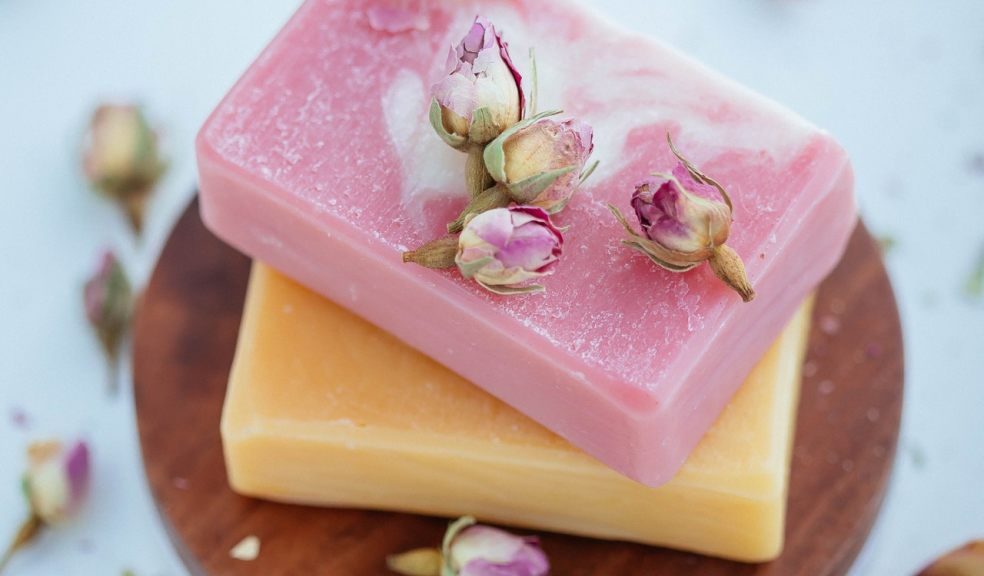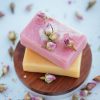
What supplies do I need for soap making?
Are you thinking of making Soap? Well, we have all seen those pretty-looking soap tutorials on the web. Some influencers have even made a career by making Soap. However, if you are interested in the art of soap making, you will need a few supplies first. However, making soap is very easy, and you will get the hang of it after making it a few times, you'll also be able to create those pretty, cool-looking designs as well. So here are the supplies you will need.
What supplies do you need to start soap making:
You can buy the supplies you need for making soap from The Soapery. They stock pretty much everything you will need.
1. A weighting scale
All soap makers need a scale. This is because the oils used in soap making, liquids, and the Lye should never exceed the limit. They need to be weighed because measuring the amount in volume will not give you the correct result. Volume does not always equate to weight. For example, when it comes to olive oil, 8 ounces (by quantity) emptied into a 1 cup measuring measure weighs substantially differently on a scale.
If you measure your oils or Lye with a measuring cup rather than a hierarchy, your Soap may become too oily too lye-heavy, which is even worse and results in an unhealthy product which could be dangerous. Always make sure that the Lye is in the correct quantity and never more than what is required.
2. A candy or laser thermometer
Before mixing the lye mixture and oil together, they might be at a wide variety of temperatures. This can range from ambient temperature to 125°F (52°C) depending on the formulation as well as which soap maker you consult.
You'll need an accurate thermometer to keep a record of the degrees of your lye mixture and oils. However, You can also get it by using a simple candy-making thermometer or an infrared laser thermometer which is much easier to use and more highly recommended.
3. Different types and sizes of containers for the Lye
Make sure that you weigh out the Lye in small disposable cups and also have a separate container to weigh out the Lye. You can also label the container to hold the Lye so that it does not get mixed up.
Because the lye solution can quickly reach temperatures of over 200°F (93°C), it's better to avoid using a glass jar for trying to mix the Lye and water, even if it's fairly heavy. Over time, Lye can erode places in glass, creating weak spots that are prone to fracture. Most people will tell you that they have had glass jars shatter in hand while making soap just because the Lye got heated too fast. It is better to stay on the safe size and use a metal bowl for the Lye. You can also use stainless steel or heavy plastic, which can be recycled later.
4. Different types and sizes of containers for mixing the butter
Other than Lye, you will also need a lot of different types of containers for mixing the butter as well. You can clean and use old crockery or soup pots. Even stainless steel pots are great for mixing pitchers. However, make sure to use non-stick surfaces only and do not even think about using aluminum or Teflon. They might even have an adverse reaction to the Soap.
5. An immersion blender
While you may whisk soap by yourself, an immersion blender, also known as a stick blender, is easier to use and can also cut the mixing time in half.
Stick blenders from local retailers are usually the first thing you would buy and are okay to start with; however, if you decide you like soapmaking, you'll probably want to invest in a more robust stick blender which will be a one time cost.
6. Spoons and spatulas made of heavy-duty plastic or silicone
These are used to dissolve the Lye (sodium hydroxide) in water or another liquid and mix the soap batter as needed. In the kitchen wares area of your local store, you'll find a wide range of products. Avoid anything made of aluminum and instead opt for heavy-duty plastic or silicone.
7. Protective gear
You should also invest in protective gear if you are new to soap making. Make sure to buy latex gloves or nitrile gloves, which are more durable than regular plastic gloves. You can also use dishwashing gloves; however, they might be a bit uncomfortable to work with. Make sure to buy gloves and also ear a lab coat or apron. You can also choose to wear full sleeves shirts as well; however, make sure to cuff them.
8. Soap moulds
You will also need soap moulds and there are different sizes and shapes available, depending on what you like. You can buy decorative or simple ones depending on the type of soap you have in mind.
9. Soap cutter
Cutters might be a bit expensive and will not be required if you are making soaps just for home. However, if you are thinking of selling or gifting soaps, you might consider getting a metal soap cutter. They cut the soap in precise measurements and give you a clean-cut professional soap instead of one cut with a node. These perfectly sized bars will be great and even look good in your home.
10. Strainer and a funnel
You can also choose to invest in a strainer and a funnel. If you are in the mood to infuse herbs, flowers, or oils in your soap mixture, getting a strainer in a funnel will help to strain the herbs and infuse them in the soap. Make sure you get a metal once since the mixtures can be hot, and refrain from using plastic strainers.
Conclusion
Now you have all the required ingredients for soap making you can start making it to your heart's content; however, make sure to wear goggles and glasses and awhile heating the mixtures, take care. It is better to always have a fire extinguisher nearby, just in case!

















